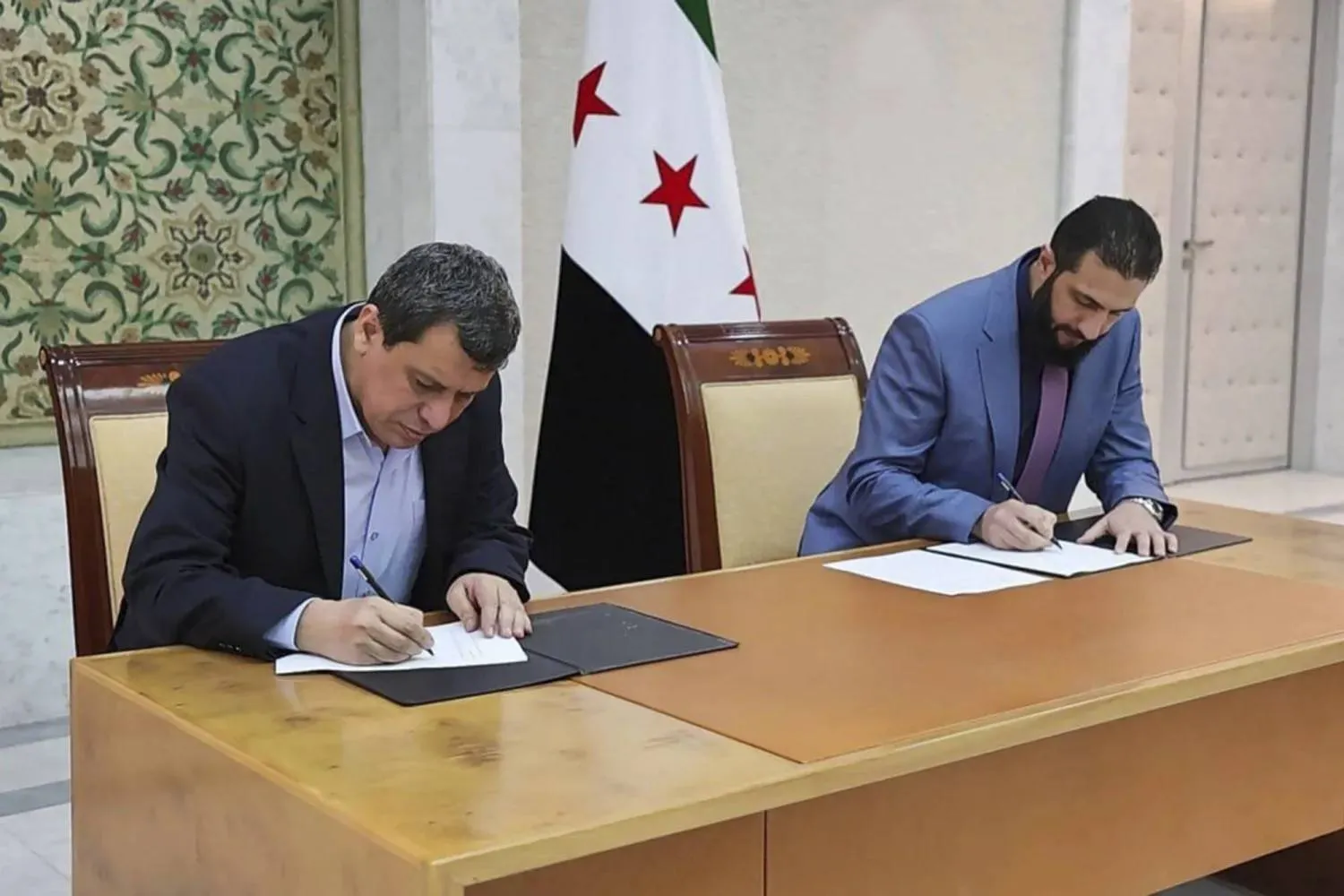The Libyan armed forces have tightened their grip on several strategic targets that fall under the control of “criminal groups,” notably Sabha International Airport, the city's historic citadel and the Mountain Hotel.
This comes as part of the offensive that the Libyan National Army (LNA), led by Marshal Khalifa Haftar, has launched to liberate the southern cities from terrorist groups.
Military battalions announced that the Tariq bin Ziad battalion, 106th brigade and Buhliqa’s 128th and 21st battalions, as well as several military units, captured various locations south of Sabha.
Flights at Sabha International Airport were suspended in January 2014 due to repeated clashes in the vicinity of the 6th Brigade based in the Citadel.
The southern operations command announced on Thursday that it had entered the airport after pursuing criminal gangs. It handed the airport’s control to Tariq bin Ziad battalion, which was confirmed by Colonel Mohammed Abdul Salam al-Misnaie.
In addition, the LNA’s 119th Infantry Division announced Friday that, after capturing the airport and fortress, the military units moved south to seize the rest of the camps, which the Chadian opposition has taken as a safe haven.
LNA spokesman Brigadier General Ahmed al-Mismari announced that army units advanced in “several areas in the south” from an airbase 650 kilometers from the capital, Tripoli, pointing out that the main target is “to ensure security of residents in the southwest and protect them from terrorists,” whether ISIS, al-Qaeda or criminal gangs.
In the meantime, UN Special Representative of the Secretary-General (SRCG) Ghassan Salame continued his efforts to hold a unifying national Libyan conference, the date for which has not been set yet.
On Thursday, Salame met with Italy’s Prime Minister Giuseppe Conte in Rome for an in-depth discussion on the situation in Libya. The Italian official expressed strong support for the UN-facilitated political process, announced the UN Support Mission in Libya (UNSMIL)
The SRCG believes the national convention is very crucial, saying: “It is vital that the National Conference is held under the right conditions, with the right people, and that it is capable of concluding with an outcome that is agreeable to the broad majority.”
“We are working night and day to pull together these various elements to ensure the most productive event," Salame told the United Nations Security Council.
While the UNSMIL did not give further details on the Salame and Conte meeting, former Italian Interior Minister Marco Minetti said Libya was “not a safe harbor” for immigrants.
Minetti told AKI News Agency that Libya's instability is due to its failure to sign the 1951 Refugee Convention.
Palermo's mayor Loluca Orlando also criticized Tripoli’s efforts in dealing with immigrants, and described Libya as an “open-air detention camp” for migrants.
Deputy Special Representative of the Secretary-General (DSRSG) and Humanitarian Coordinator in Libya Maria Ribeiro discussed with Local Government Minister Milad Taher cooperation to provide humanitarian and development support to Libyans in the east, west and south, including the launch of the Humanitarian Response Plan 2019.









